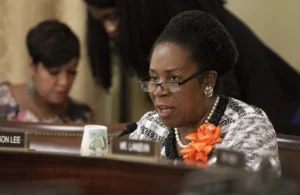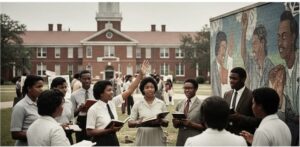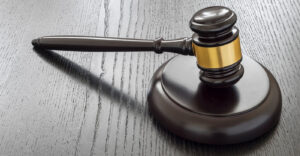Queen Elizabeth II has died
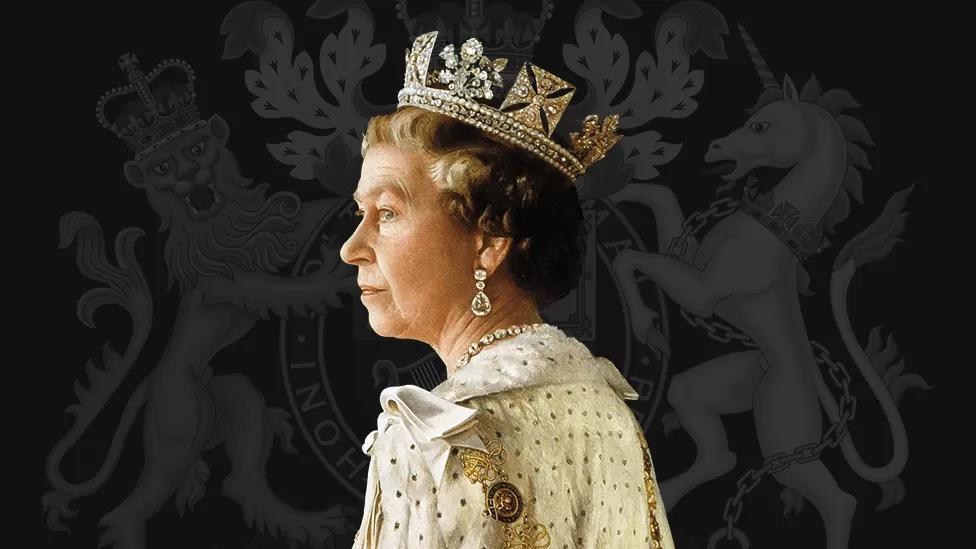
Reporting by George Bowden, Marie Jackson, and Sean Coughlan, royal correspondent.
Queen Elizabeth II, the UK’s longest-serving monarch, has died at Balmoral aged 96, after reigning for 70 years.
She died peacefully on Thursday afternoon at her Scottish estate, where she had spent much of the summer.
The Queen came to the throne in 1952 and witnessed enormous social change.
Her son King Charles III said the death of his beloved mother was a “moment of great sadness” for him and his family and that her loss would be “deeply felt” around the world.
He said: “We mourn profoundly the passing of a cherished sovereign and a much-loved mother.
“I know her loss will be deeply felt throughout the country, the realms and the Commonwealth, and by countless people around the world.”
During the coming period, he said he and his family would be “comforted and sustained by our knowledge of the respect and deep affection in which the Queen was so widely held”.
The King and his wife, Camilla, now Queen Consort will return to London on Friday, Buckingham Palace said.
Senior royals had gathered at Balmoral after the Queen’s doctors became concerned about her health earlier in the day.
All the Queen’s children travelled to Balmoral, near Aberdeen, after doctors placed the Queen under medical supervision.
Her grandson and now heir to the throne, Prince William, and his brother, Prince Harry, also gathered there.
Prime Minister Liz Truss, who was appointed by the Queen on Tuesday, said the monarch was the rock on which modern Britain was built, who had “provided us with the stability and strength that we needed”.
Speaking about the new King, she said: “We offer him our loyalty and devotion, just as his mother devoted so much, to so many, for so long.
“And with the passing of the second Elizabethan age, we usher in a new era in the magnificent history of our great country, exactly as Her Majesty would have wished, by saying the words ‘God save the King’.”
Queen Elizabeth II’s tenure as head of state spanned post-war austerity, the transition from empire to Commonwealth, the end of the Cold War and the UK’s entry into – and withdrawal from – the European Union.
Her reign spanned 15 prime ministers starting with Winston Churchill, born in 1874, and including Ms Truss, born 101 years later in 1975.
She held weekly audiences with her prime minister throughout her reign.
At Buckingham Palace in London, crowds awaiting updates on the Queen’s condition began crying as they heard of her death.
The Union flag on top of the palace was lowered to half-mast at 18:30 BST and an official notice announcing the death was posted outside.
On the Queen’s death, Prince William and his wife, Catherine, became the Duke and Duchess of Cambridge and Cornwall.
The Queen was born Elizabeth Alexandra Mary Windsor, in Mayfair, London, on 21 April 1926.
Few could have foreseen she would become monarch but in December 1936 her uncle, Edward VIII, abdicated from the throne to marry the twice-divorced American, Wallis Simpson.
Elizabeth’s father became King George VI and, at age 10, Lilibet, as she was known in the family, became heir to the throne.
Within three years, Britain was at war with Nazi Germany. Elizabeth and her younger sister, Princess Margaret, spent much of wartime at Windsor Castle after their parents rejected suggestions they be evacuated to Canada.
After turning 18, Elizabeth spent five months with the Auxiliary Territorial Service and learned basic motor mechanic and driving skills. “I began to understand the esprit de corps that flourishes in the face of adversity,” she recalled later.
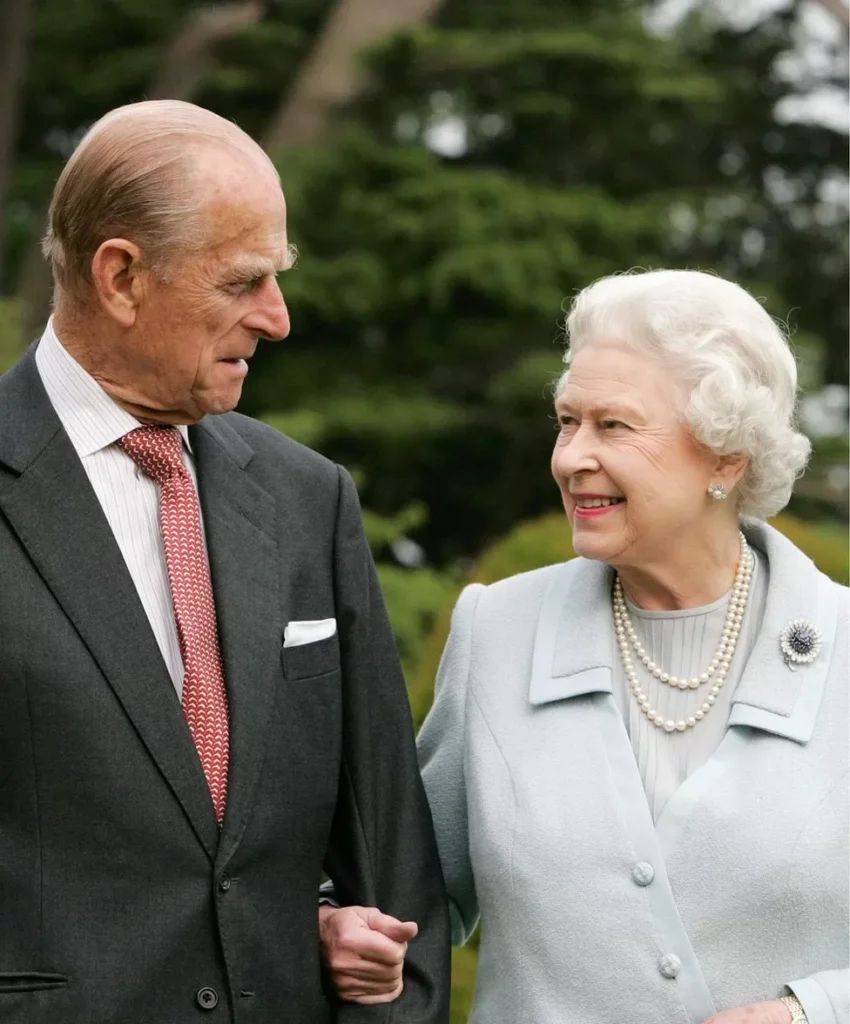
Through the war, she exchanged letters with her third cousin, Philip, Prince of Greece, who was serving in the Royal Navy. Their romance blossomed and the couple married at Westminster Abbey on 20 November 1947, with the prince taking the title of Duke of Edinburgh.
She would later describe him as “my strength and stay” through 74 years of marriage, before his death in 2021, aged 99.
The Royal Family has now entered a period of mourning.
Official engagements will be cancelled and Union flags will be flown at half-mast on royal residences, government buildings, across the Armed Forces and UK posts overseas.
Foreign leaders have paid tribute to the Queen, with US President Joe Biden recalling how she stood in solidarity with the US in their “darkest days” after the 9/11 terrorist attacks.
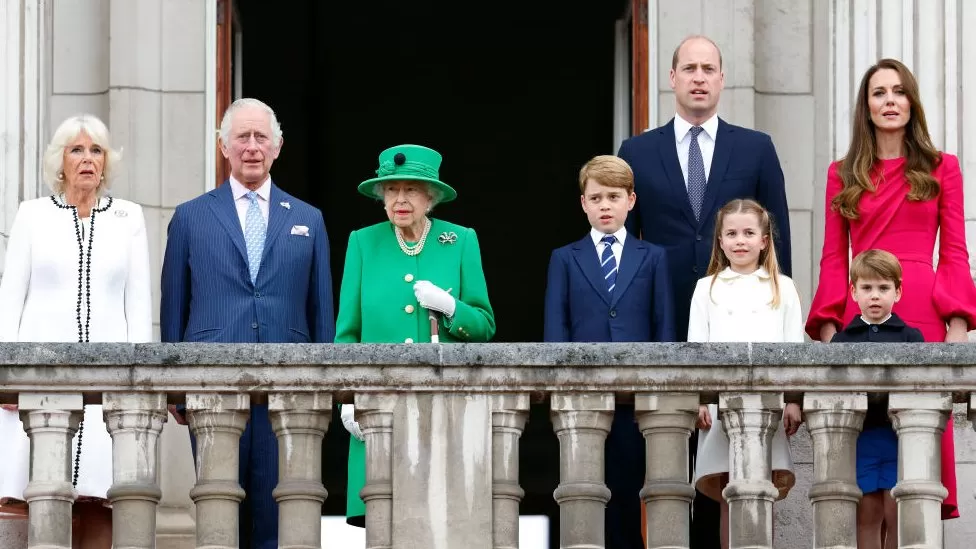
To France’s president, Emmanuel Macron, she was a “kind-hearted Queen” and “friend of France”.
For Justin Trudeau, Canada’s prime minister, the Queen was a constant in Canadians’ lives and one of his “favourite people in the world”.



